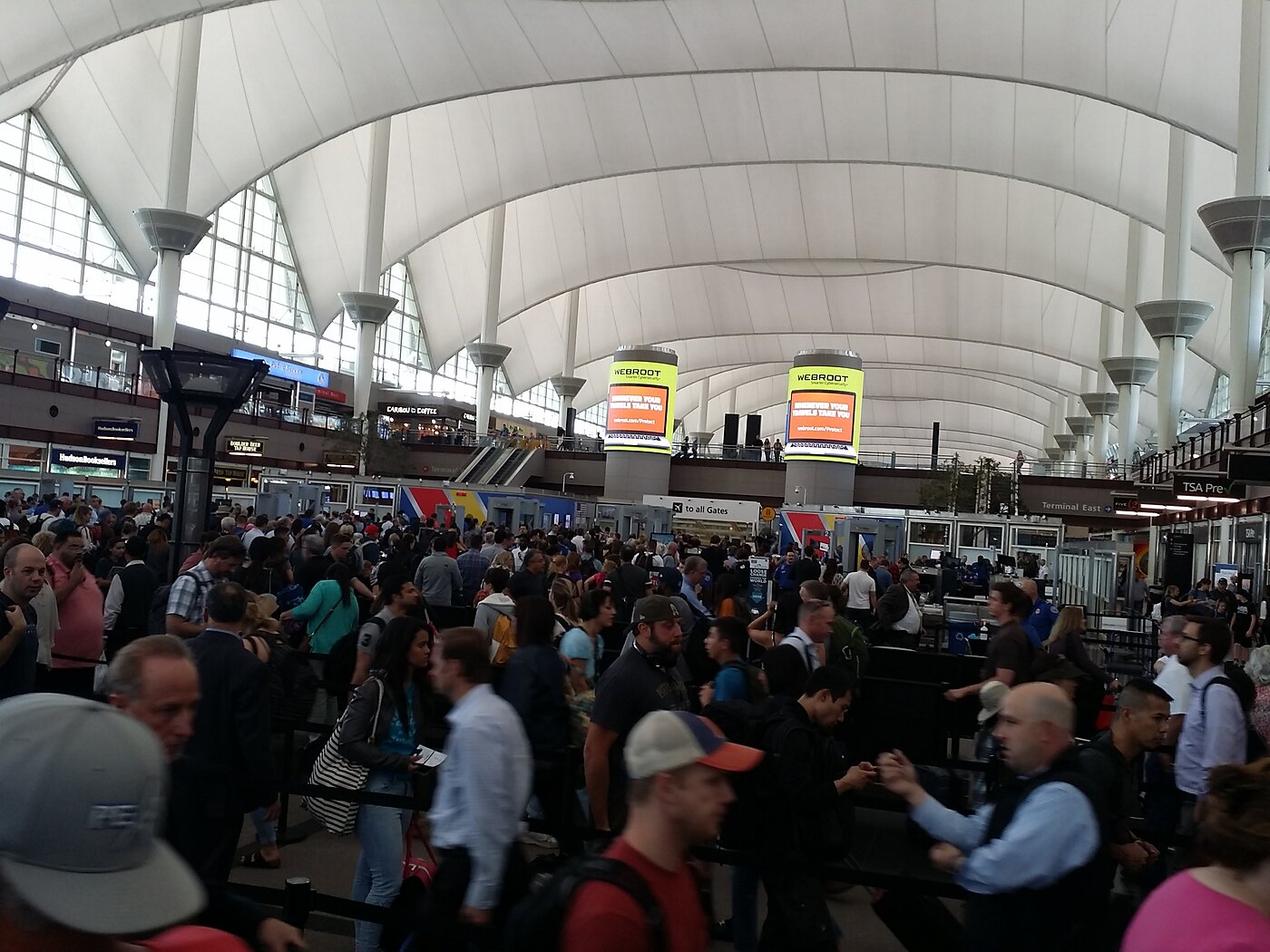The federal government nationalized security screening at the nation’s more than 400 commercial airports in 2001 when it created the Transportation Security Administration (TSA).
This study discusses why that takeover was a mistake. TSA’s efficiency and performance have left much to be desired. It is an inflexible, bureaucratic monopoly. The recent TSA disruptions resulting from Washington budget battles illustrates another problem with federal operation.
A better option would be for airports themselves to handle screening in partnership with expert private security companies, but under general federal oversight, as discussed here.
The other day, the Washington Post discussed the Screening Partnership Program (SPP), which allows private security screening at some U.S. airports.
During the partial government shutdown, screeners at two Silicon Valley airports, San Francisco and San Jose International, moved thousands of people through security checkpoints.
Operations at the airports, 35 miles apart, looked similar — uniformed officers reminding people to take off their shoes and put their laptops in plastic bins — but there was one major difference: Only the officers at the San Francisco airport were getting paid.
That’s because San Francisco International is one of nearly two dozen airports across the country that use private contractors instead of the Transportation Security Administration to conduct its security screening.
As the shutdown stretched from days into weeks, growing numbers of TSA workers stopped showing up. At one point, 10 percent of TSA officers failed to report for duty.
So one advantage of contracted-out screening is continuity of operations during federal budget battles. But what about performance—has private or government screening worked out better? This is where the Post provide a slant:
… Evaluations of the two programs by outside firms hired by the TSA have found no significant differences between the two systems — either in cost or the ability to move passengers through checkpoints, TSA officials said.
However, studies by the Government Accountability Office note that in some instances private contractors’ costs were 2 percent to 19 percent lower than the TSA’s estimates of its costs for the same work. The GAO also said that the TSA’s calculations failed to include costs such as retirement benefits.
What the Post story left out was the history of studies comparing the performance of TSA and private screening. I summarized the history in my study:
In 2005, the GAO found that private screeners did a better job than TSA screeners. And in 2005, the DHS Inspector General concluded: “The ability of TSA screeners to stop prohibited items from being carried through the sterile areas of the airports fared no better than the performance of screeners prior to September 11, 2001.”
A 2007 study by a consulting firm for TSA found that “private screeners performed at a level that was equal to or greater than that of federal [screeners].” A 2007 USA Today investigation found that the private screeners at the San Francisco International Airport (SFO) had far better detection abilities than the federal screeners at the Los Angeles International Airport (LAX).
A 2008 TSA report comparing screening at six SPP airports to screening at six non-SPP airports found performance to be similar.
… The House Committee on Transportation and Infrastructure released a report in 2011, which found that expanding the SPP program would generate savings. It found that the private screeners at the San Francisco airport (SFO) were 65 percent more efficient than the federal screeners at the Los Angeles airport (LAX). SFO screening operations also had lower employee attrition rates than LAX, leading to reduced costs from recruitment and training
… A 2012 study by the GAO compared all 16 SPP airports with non-SPP airports on four different performance measures. It found that some SPP airports performed slightly better than non-SPP airports on some measures but performed slightly worse on other measures.
The bottom line is that after much experience, it appears that the overall performance of privatized screening is at least as good as, if not better than, government screening.
The Post story did not mention that other countries have privatized their airport security screening. More than 80 percent of Europe’s commercial airports use private screening, including those in Britain, France, Germany, and Spain. Other airports in Europe use in-house security, but no major country in Europe uses the national government’s aviation bureaucracy for screening. Canada uses private screening companies at all its major commercial airports.
United States is an outlier with its centralized government-run screening. The SPP is a step toward reform but it still ties airports in unnecessary federal rules. The program should be liberalized and expanded.
But Congress should go further and decentralize control of airport screening. Airports should be able to hire screening companies and pay for the services with charges on airport users. If a security company did not achieve high-quality results, it could be fired. Monopolies are bad, and government monopolies are worse. With airport screening, we should move toward the decentralized and privatized approach that has been a success elsewhere.

